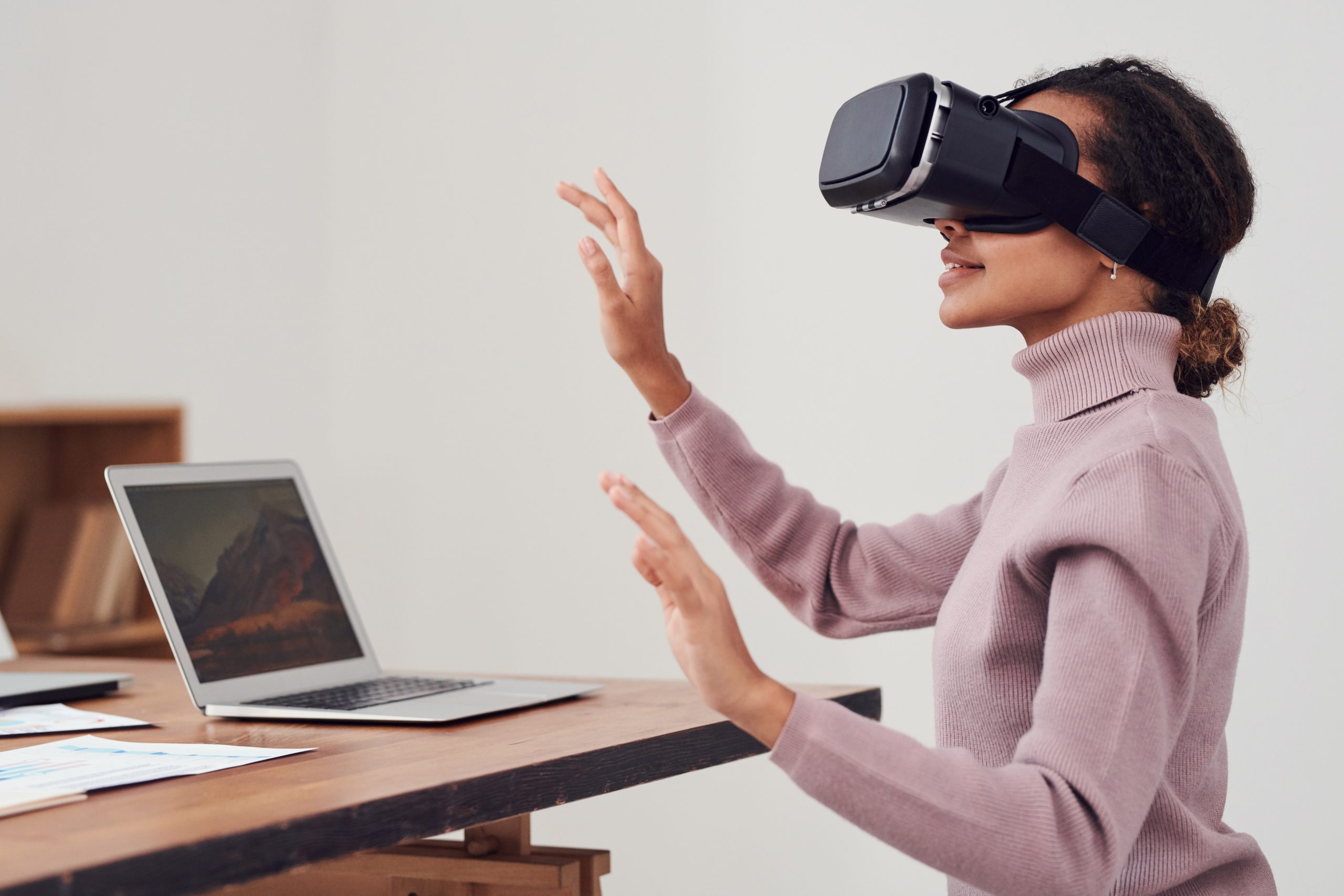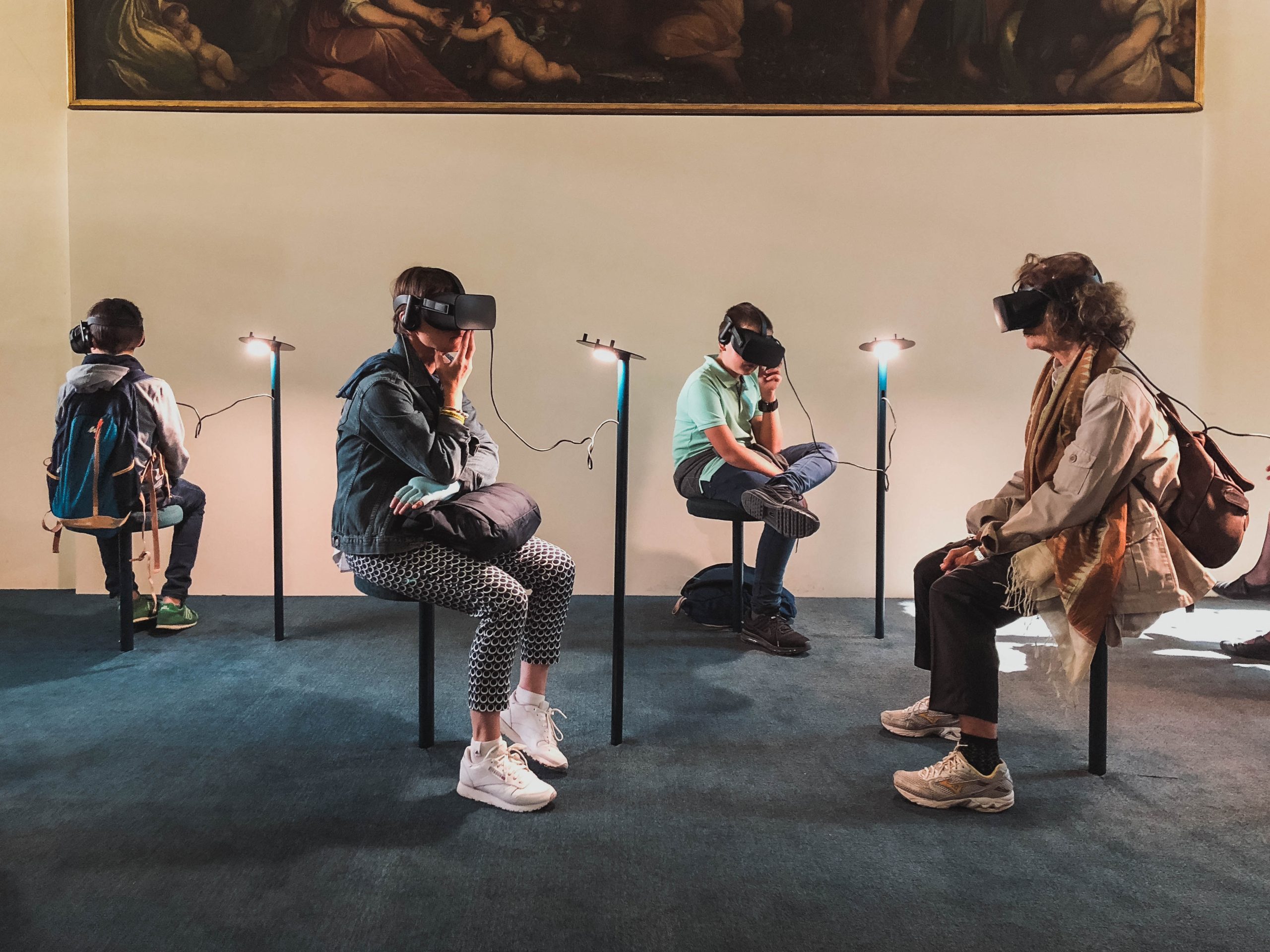There are many standards in the furniture industry, but few, if any, have come with such momentum and impact as reality (AR). EMarketer puts furniture among the leading three categories for exploration using the AR solution. After the covid-19 scare, furniture businesses focused on online shopping experiences, with the leading retailers already using augmented reality for furniture.
The transformations we have witnessed in the sector so far are just snippets of what the future holds. Part of this room for more may be because some retailers are still wondering about the benefits that AR can bring to the furniture business. Let’s look at some of the benefits in brief.

But first, the basics. What is AR?
Don’t confuse augmented reality with virtual reality (VR, a simulated experience that involves burdensome and often fancy equipment). AR requires only a smartphone or any other viewing device to place a virtual object in the real world. Wish to see how the chair will look alongside the other dining set? Whether its color will blend with the rest of the furniture? Theoretically, all this is just a click away.
It all started with the printed ad for the BMW Mini. It was such a milestone because you could view the virtual model of the BMW Mini by simply moving a paper around. A lot has happened since then, and now we are in an era where furniture retailers can engage with consumers in a very advanced way.
The retail of furniture is much improved nowadays with things like product optimization, enhanced engagement, and being able to try the product before buying, all thanks to the power of AR.
There are so many benefits attached to this engagement. Here is a rundown of some of them:
- Stay Ahead of the Competition
Furniture businesses that are using AR solutions have a clear competitive advantage over those that aren’t. Consider this: The typical American is targeted by up to 10,000 ads daily, yet those noticed are a paltry 1%.
To stand out, a furniture business needs to take a different approach. That explains why AR for these businesses is such a valuable shift from the norm. If you can recall, Pepsi came up with a smart advertisement move where it was using AR at bus stops. After this strategy, the company reported a sales increase of up to 35% YOY.

- Customer Engagement And Retention
The immersive and interactive power of AR is unlike any other. The benefit for a furniture business is that it can promote its user or customer engagement. By engaging with an AR solutions provider, a furniture brand can design engaging customer experiences based on the piece of furniture. Since the aim is to capture the attention whose span is about 8 seconds, AR comes out as one of the most effective augmented reality shopping tools.
- Personalized Shopping Experience
Many studies have underscored the importance of personalization as part of marketing strategy. AR helps furniture businesses to superimpose their usual content with real-world setups in such a way that personalizing the journey of a customer is easy. We saw ASOS and other companies employ this aspect of AR at the height of the COVID-19 pandemic, and they enjoyed a positive impact.
- Real-time Data Analytics
Like any other type of business, the furniture business intelligence about its customer’s behavior and acts on it. For instance, a brand can tell which type of furniture customers prefer and why. Furniture businesses that use try-on, for instance, have a rich source of actionable data. This feature is rich in aspects such as sizes, colors, and styles that customers like and dislike. The data can help the business deliver.
Conclusion
Augmented reality and the furniture sector are a perfect match. As much as shoppers have loads of ideas, they want to get even more ideas before they can buy. AR is the perfect platform for satisfying those needs.
All furniture businesses need is to leverage AR solutions from the best providers to capture a larger segment. Furniture businesses that adopt these solutions have a potential for a higher ROI, even as the adoption of AR continues to spread.
